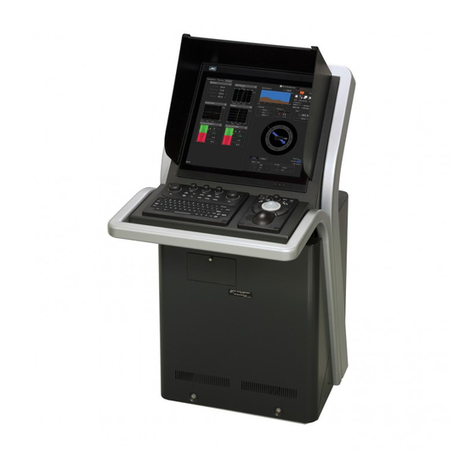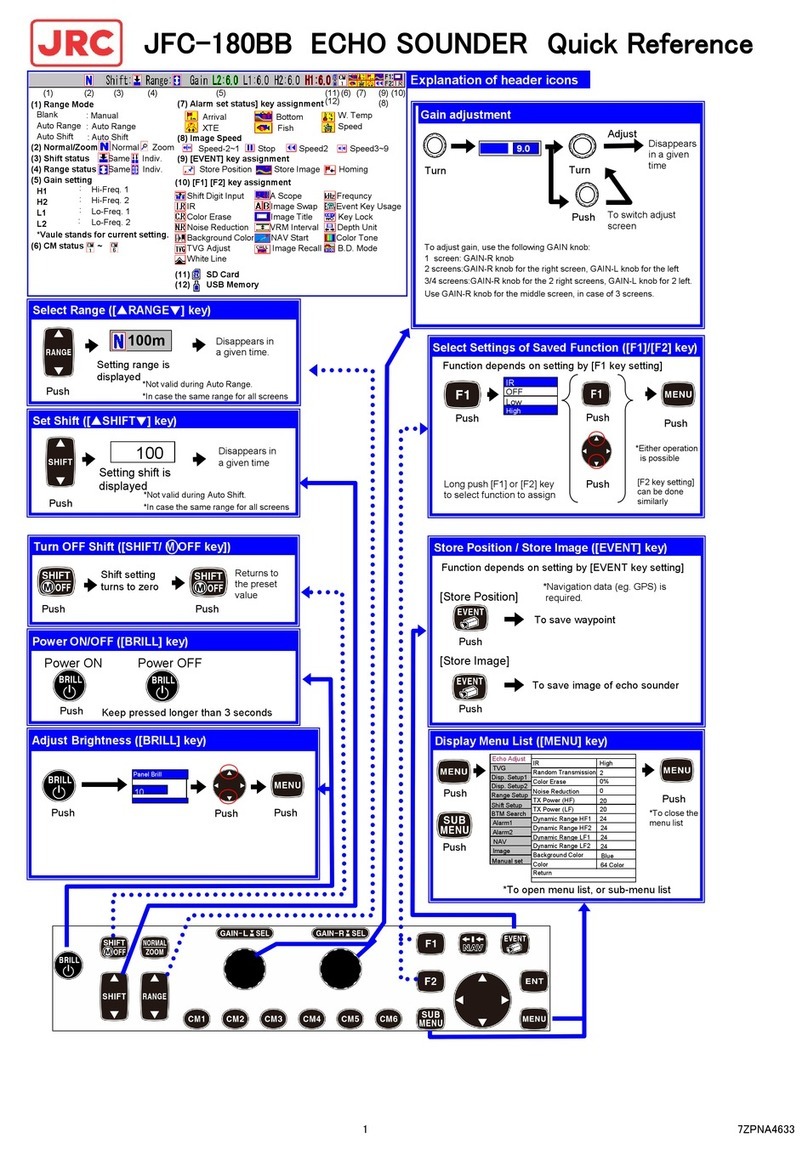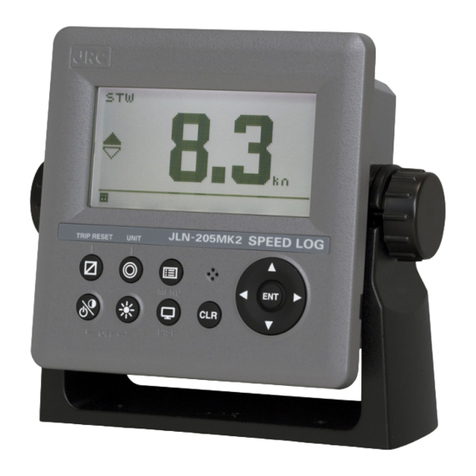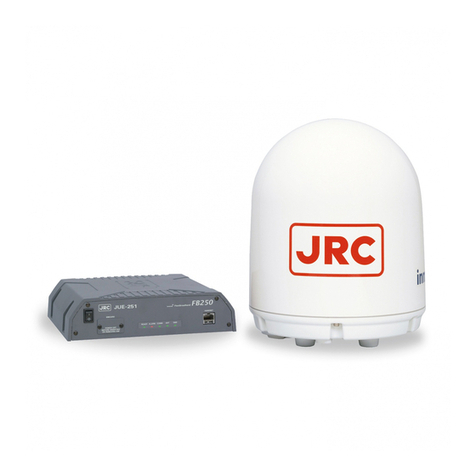JRC JFE-582 User manual
Other JRC Marine Equipment manuals
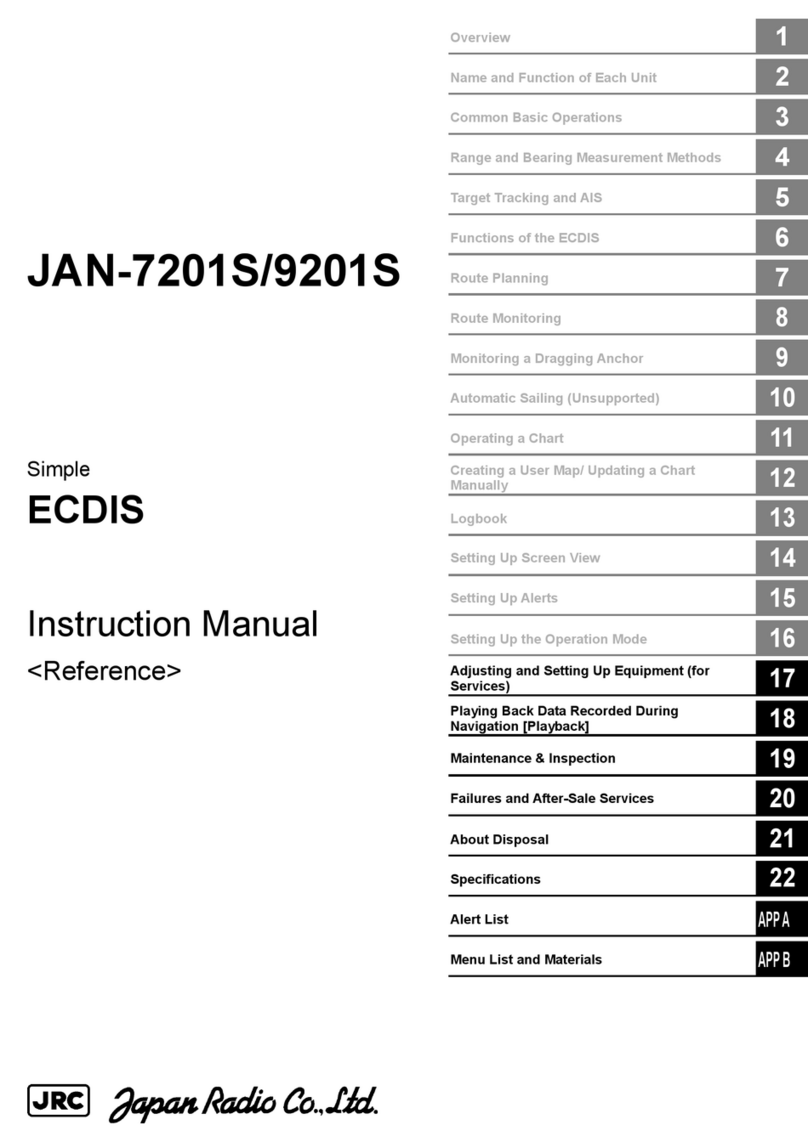
JRC
JRC JAN-9201S User manual

JRC
JRC Alphatron Marine Rudder Feedback Unit HD User manual

JRC
JRC JFC-180BB User manual
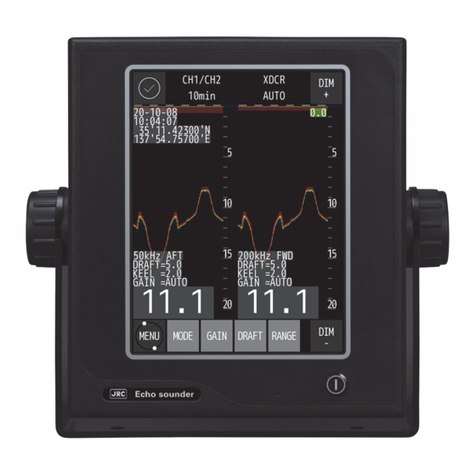
JRC
JRC JFE-400 User manual
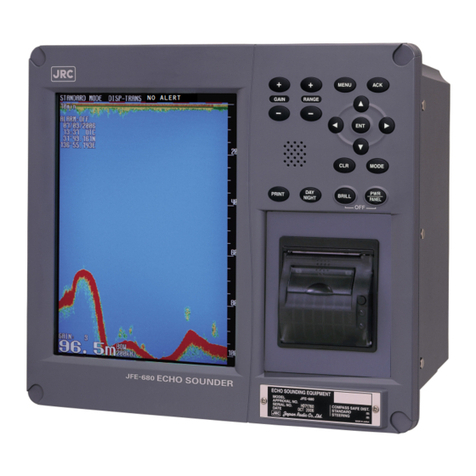
JRC
JRC JFE-680 - User manual
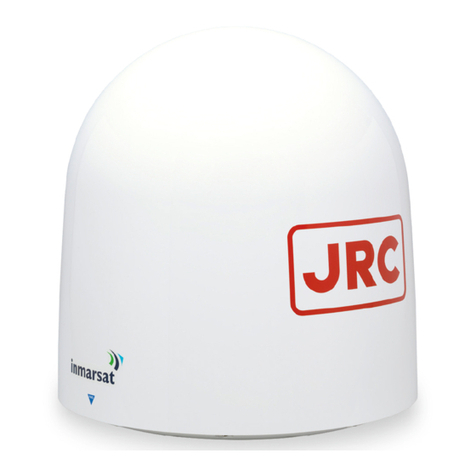
JRC
JRC JUE-500 User manual
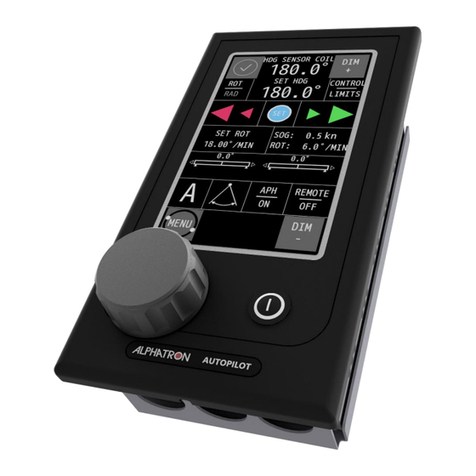
JRC
JRC Alphatron AlphaPilot MFS User manual

JRC
JRC JLN-628 User manual

JRC
JRC jue-87 User manual

JRC
JRC JFE-680 - User manual

JRC
JRC Alphatron SSRS User manual

JRC
JRC jue-87 User manual
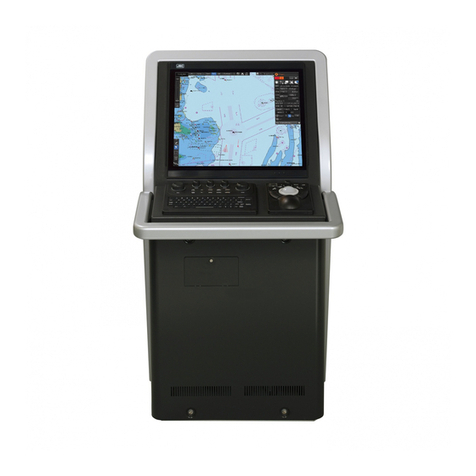
JRC
JRC ECDIS User manual
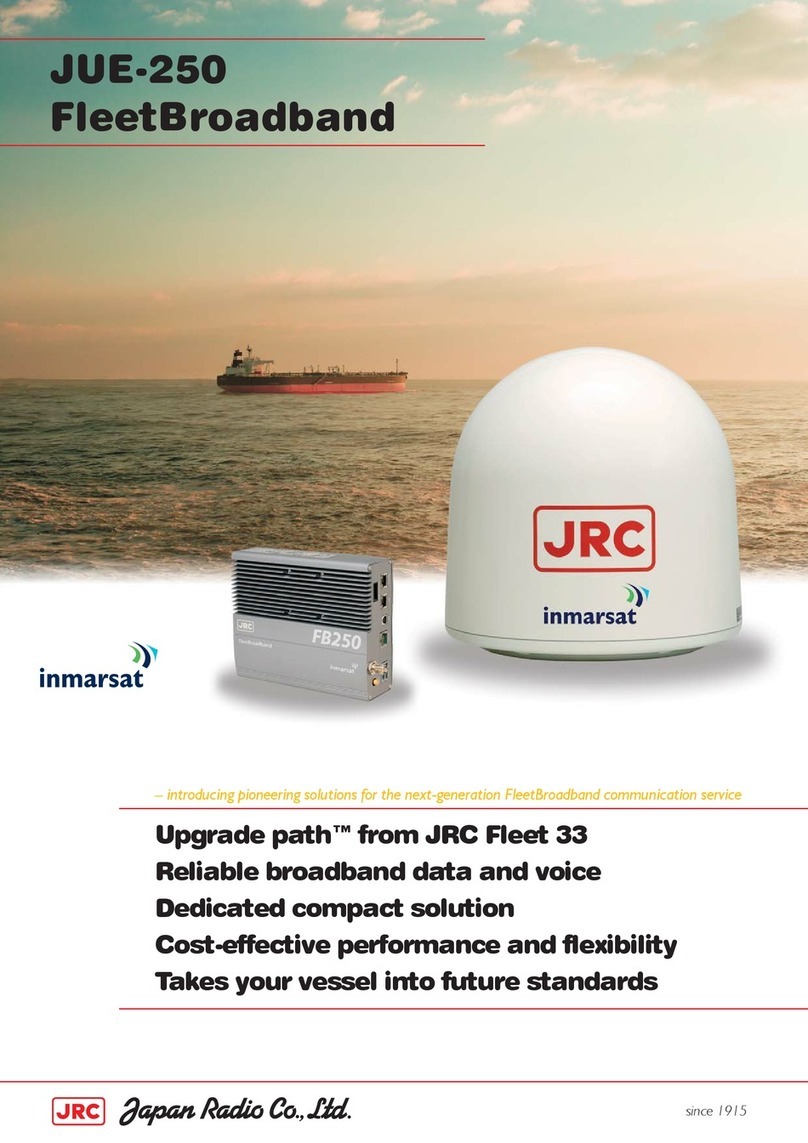
JRC
JRC JUE-250 - User manual
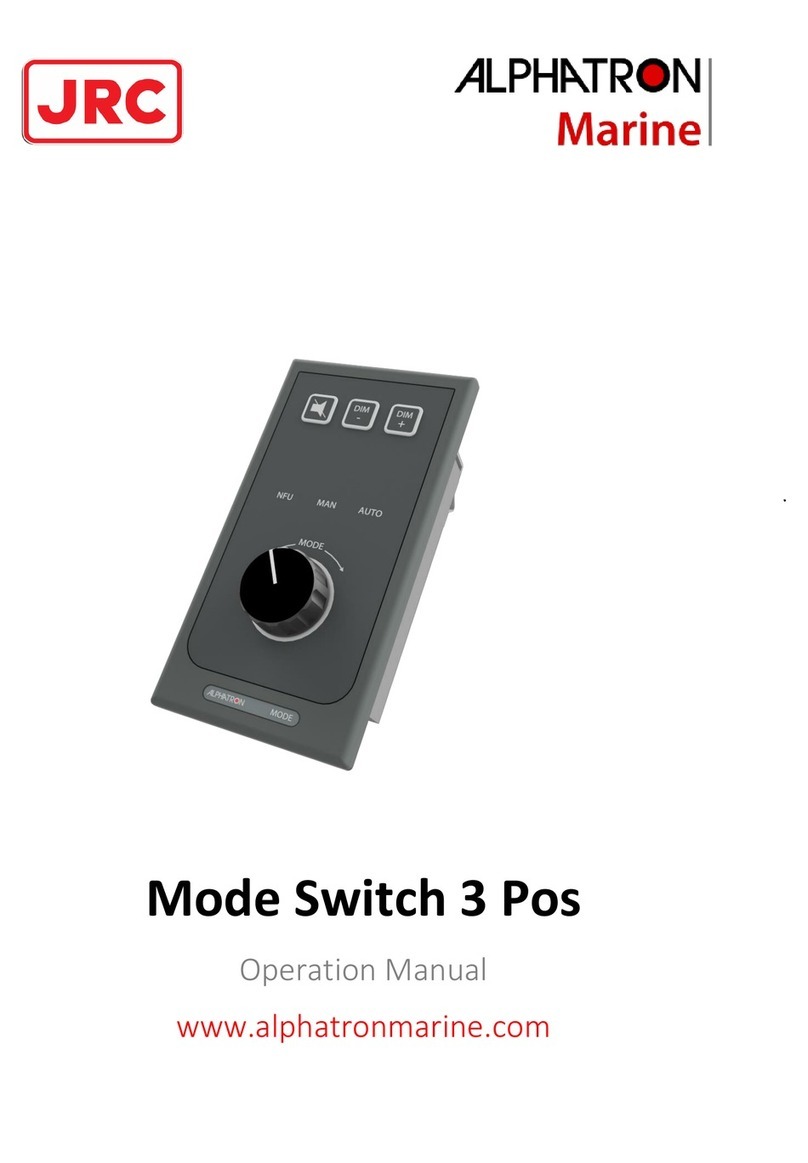
JRC
JRC Alphatron Marine Mode Switch 3 Pos User manual
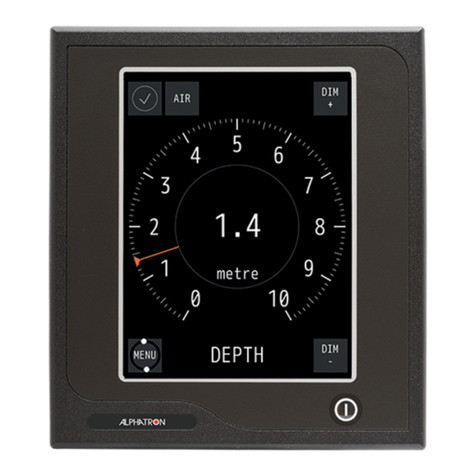
JRC
JRC AlphaWind AlphaLine Series User manual
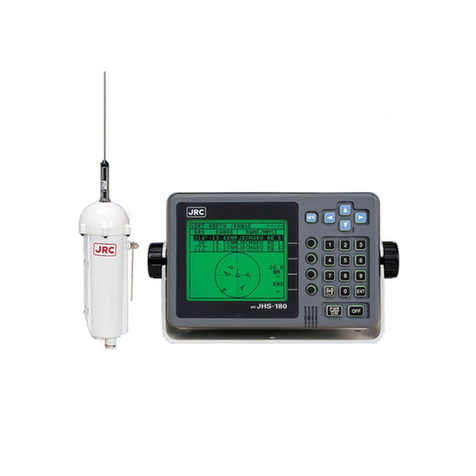
JRC
JRC JHS-180 User manual

JRC
JRC JHS-180 User manual
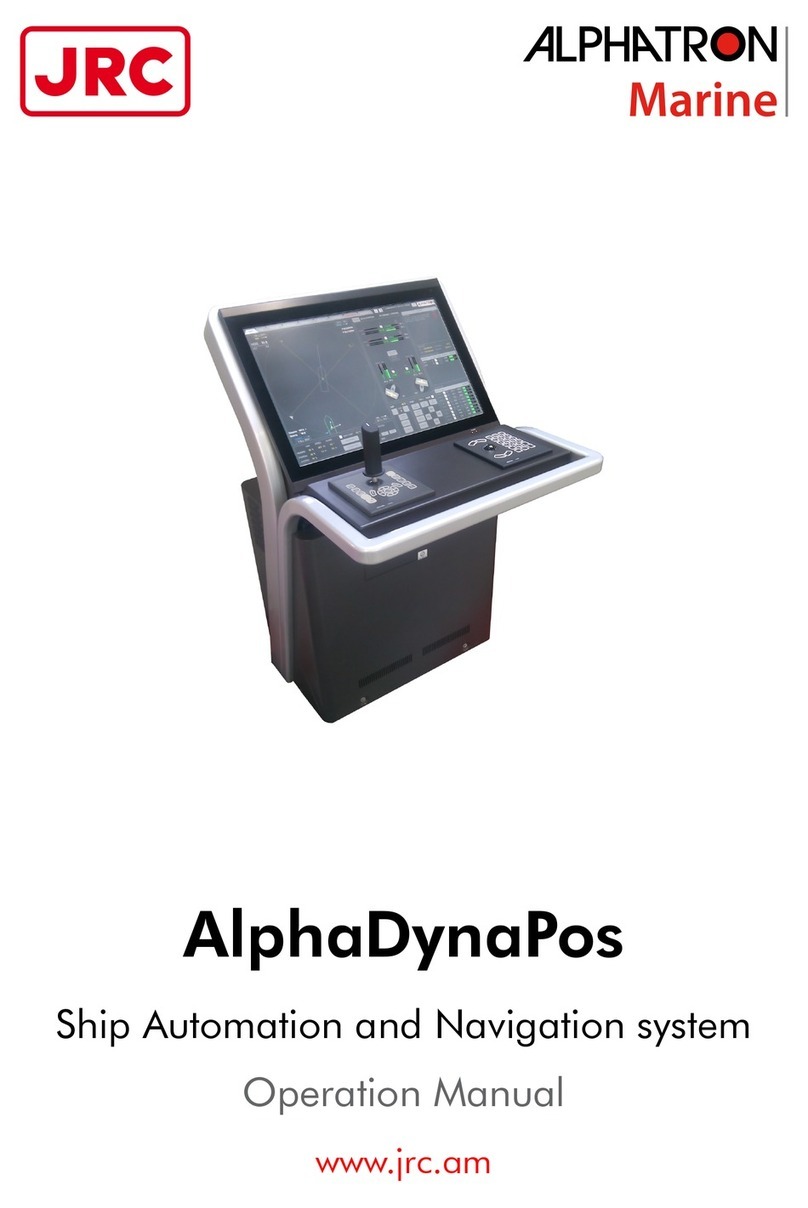
JRC
JRC Alphatron Marine AlphaDynaPos User manual
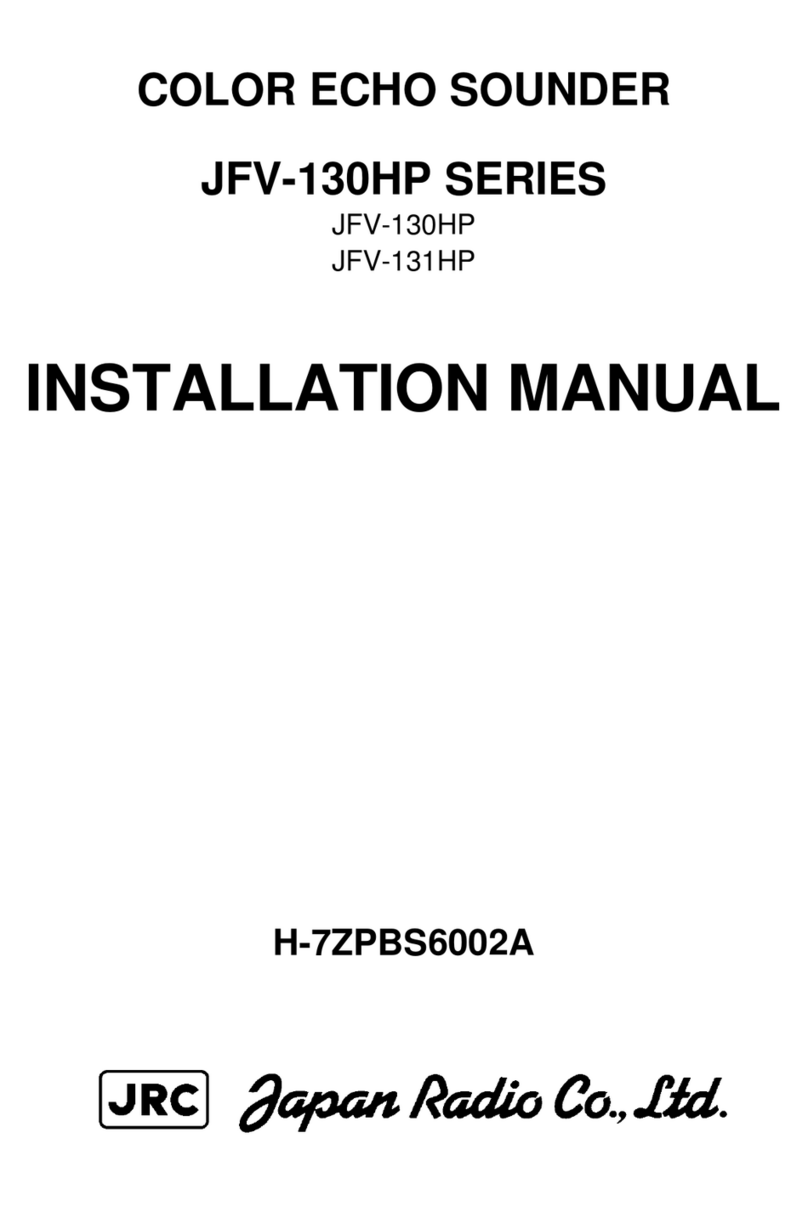
JRC
JRC JFV-130HP Series User manual
Popular Marine Equipment manuals by other brands

Raymarine
Raymarine Maxiview ST80 Owner's handbook

GUIDANCE MARINE
GUIDANCE MARINE 20- Series Installer's guide

Raymarine
Raymarine ST60 Tridata Owner's handbook
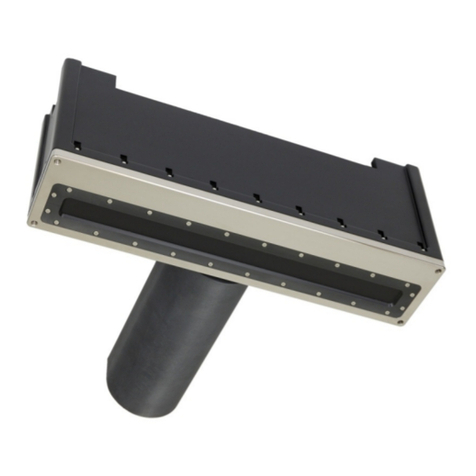
Sonic
Sonic 2024 Operation manual
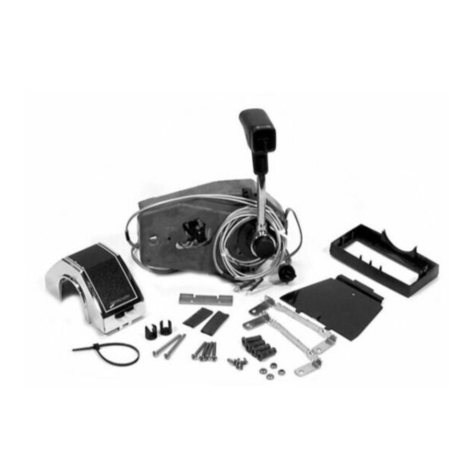
Quicksilver
Quicksilver 88688A25 Installation, operation and maintenance instructions
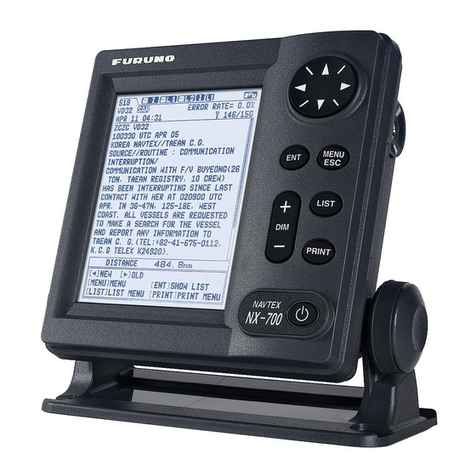
Furuno
Furuno Navtex NX-700-A Operator's manual
